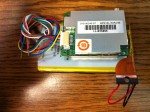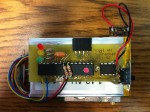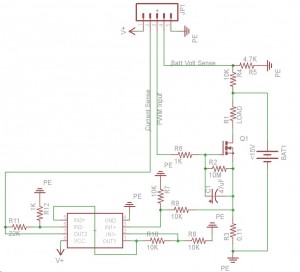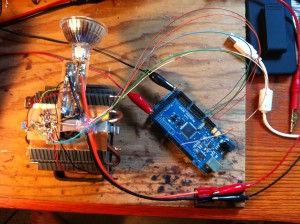So, for quite a while now I’ve off and on been getting an error on my computer (Windows 7 64bit) that says that the “display driver stopped responding and has recovered.” Most of the time this would only happen once every few days, and it would just cause the screen to go black for a few seconds, and then come back with the error. Not really a productivity killer.
However, recently I upgraded my video card. (Was a NVIDIA GeForce 8800GTX, now is a NVIDIA GeForce GTX 260) Anyway, after upgrading the card. The same sort of thing would happen, however the screen would be freaking out for more like 30 seconds rather than 3, would show the same error message, then would bluescreen with an error involving “nvlddmkm.sys” Yes, BSODs are annoying, they crash your system. If it happens once a month, sure that’s an issue, if it happens as soon as you log in, you might as well not have a computer because this one sure doesn’t work.
Originally I thought that this might be an NVIDIA specific thing especially noticing the “nv” in “nvlddmkm.sys.” However, after doing a bunch of reading it seems that people are having a similar issue with ATI video cards, and an approriately titled .sys file. Points more towards a windows problem.
As is customary, all the nvidia articles pointed to microsoft. All the microsoft articles pointed to nvidia.
(May I note that the microsoft technet forums are mostly crap. The part that frustrates me the most is that the person asking for help generally isn’t the person who marks what the answer is. Generally some support drone answers with something that doesn’t actually fix it, then marks his/her answer as the right one. Not helpful.)
Anyway, I ran windows update, got all the newest crap. Downloaded the newest NVIDIA display drivers from NVIDIA. Neither of which fixed the issue. Finally got around to downloading the latest BIOS for my motherboard (ASUS M4A79 Deluxe) and so far results are promising. At least the system started up, let me check my email and browse the web for a few minutes without crashing, which is better than directly after the new card was installed. So hopefully this fixed it, and hopefully someone finds this helpful. I’ll edit the post in a day or so to reflect if the fix really is actually a fix.
Update #1
Nope. System crashed as soon as I started it up when I turned it on this evening. Trying something else now and will post later if it seems to be stable. So far so good.
Update #2
Nope. Nothing I’ve tried seems to work. I finally got pissed enough at not being able to reliably use my computer that I switched back to my old graphics card. For now the newer one will just have to wait. I’m not terribly disappointed, I got the card for cheap, and it was only a modest upgrade from what I’ve got. Oh well. On to normal life again.





